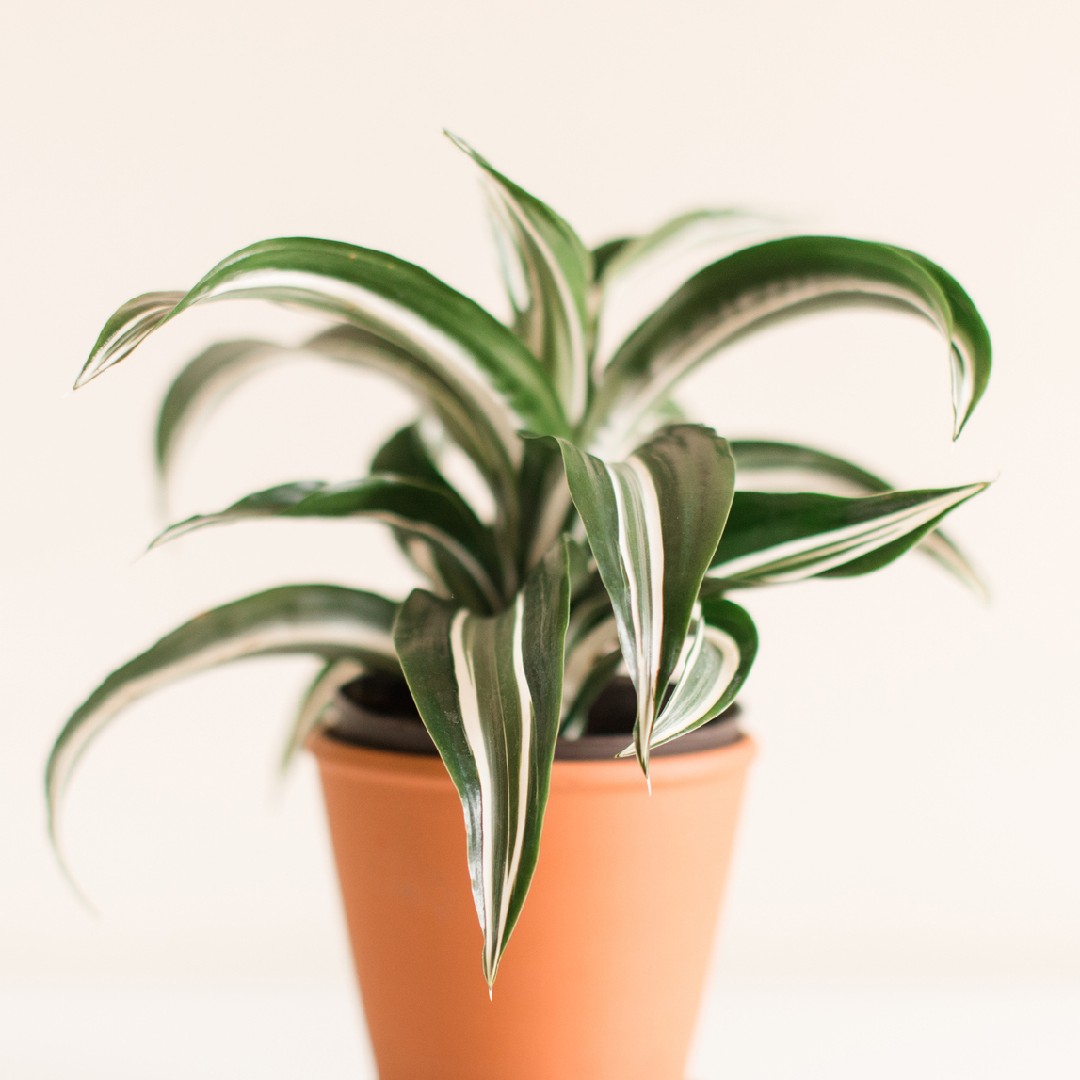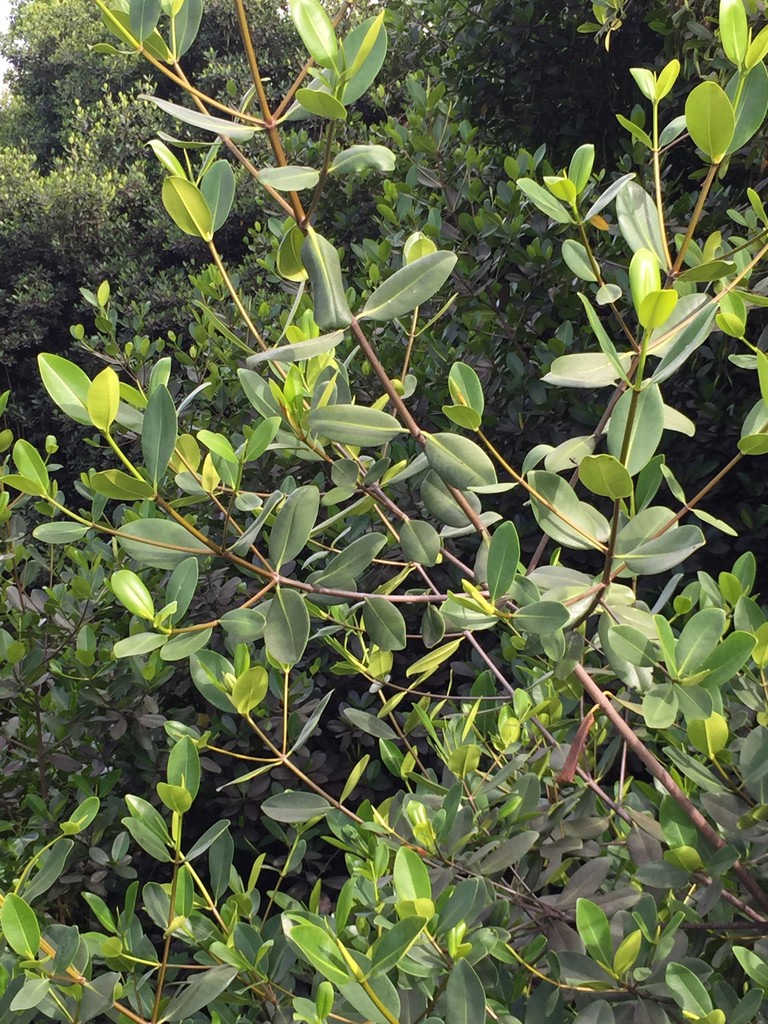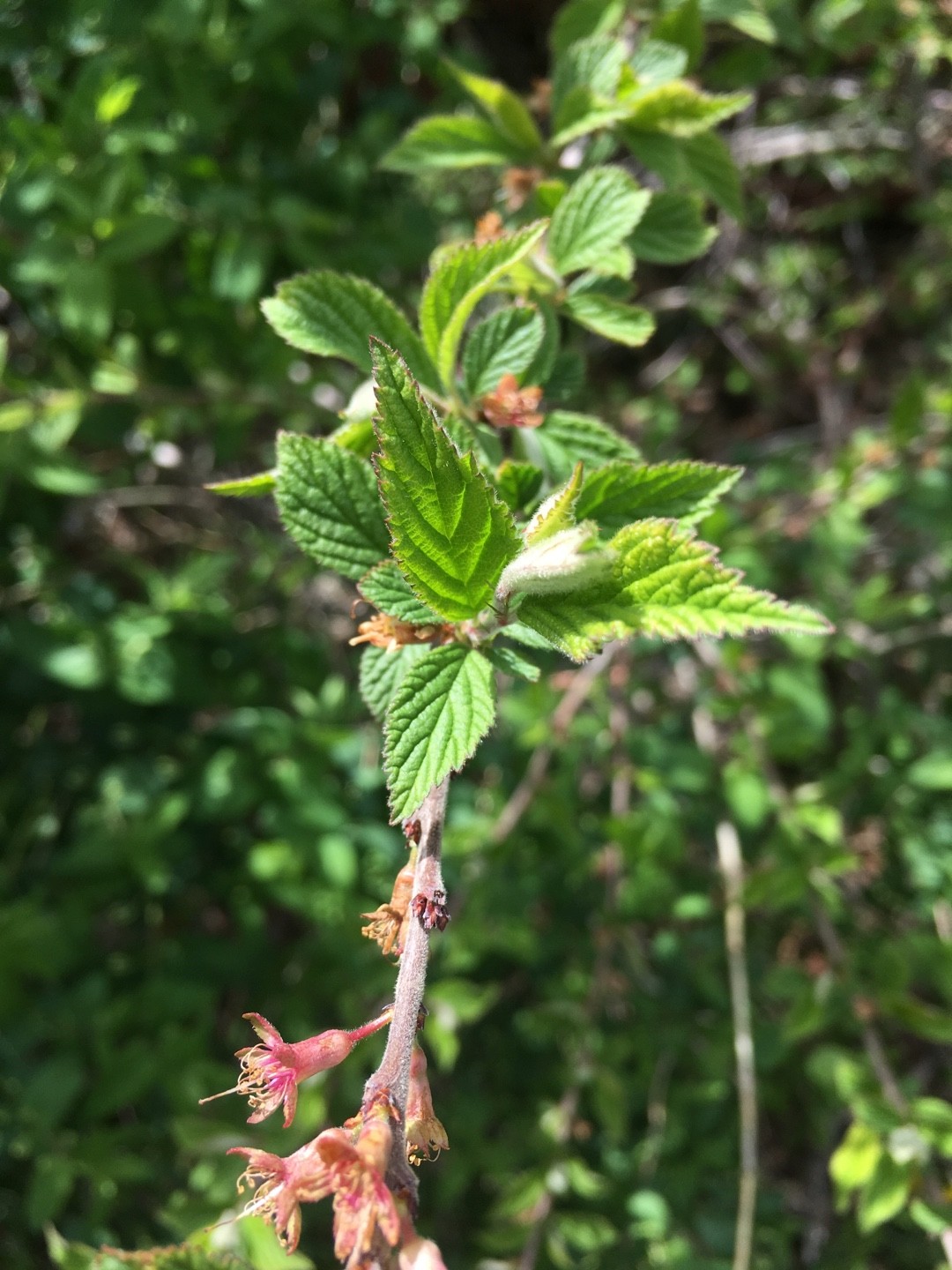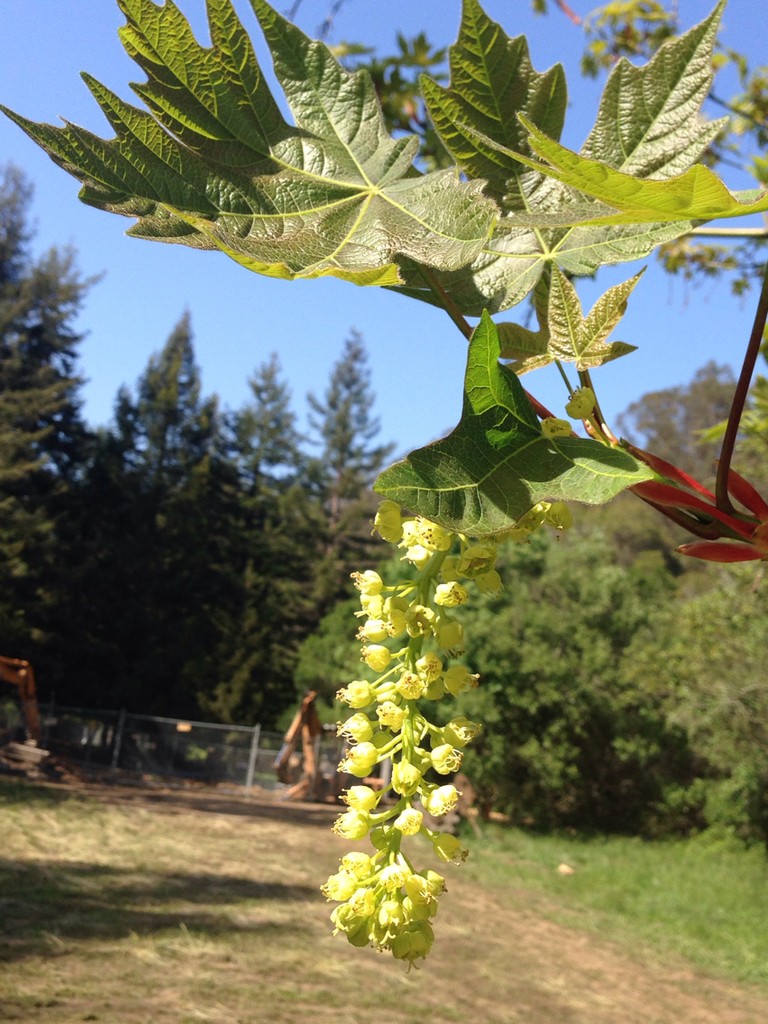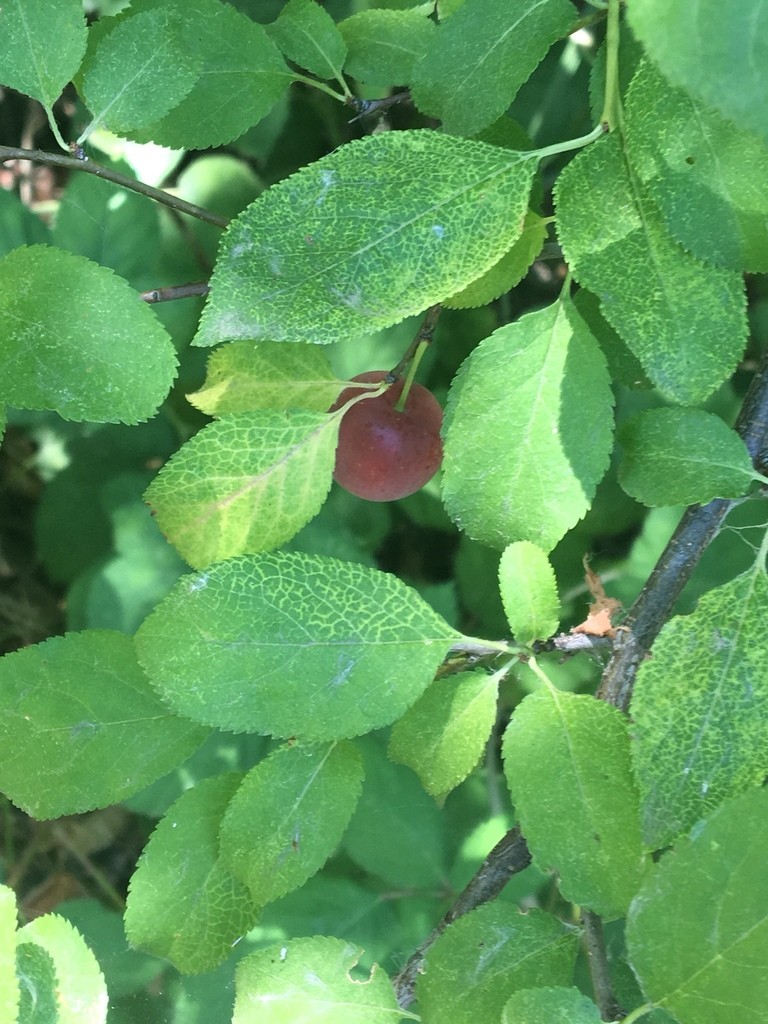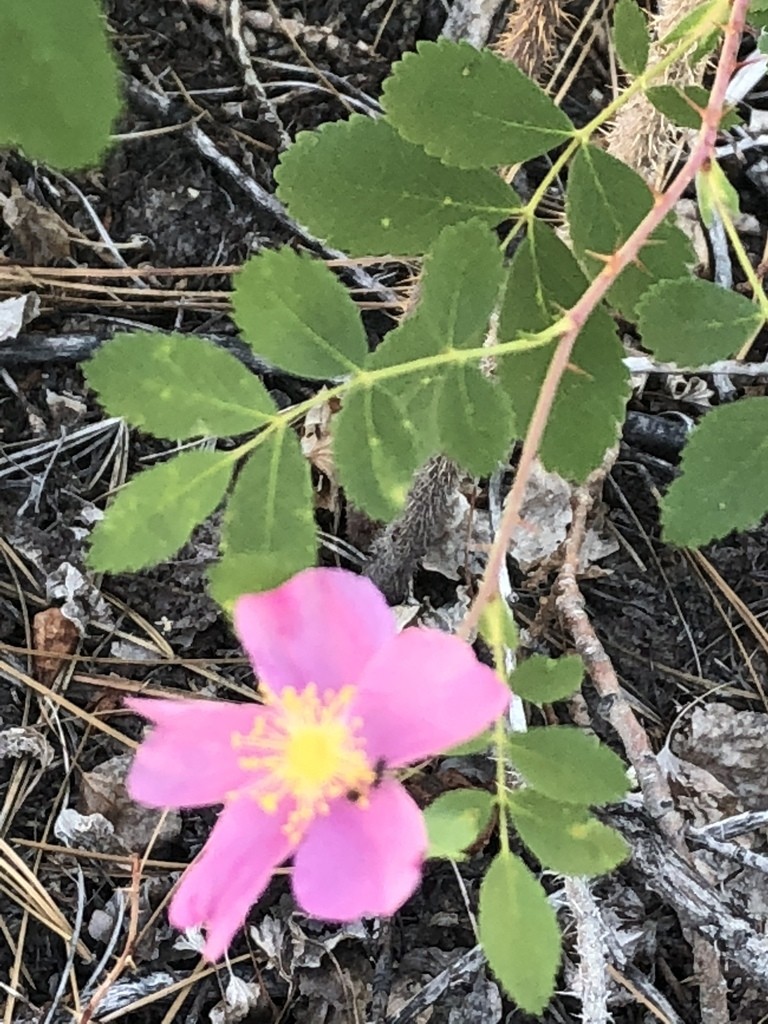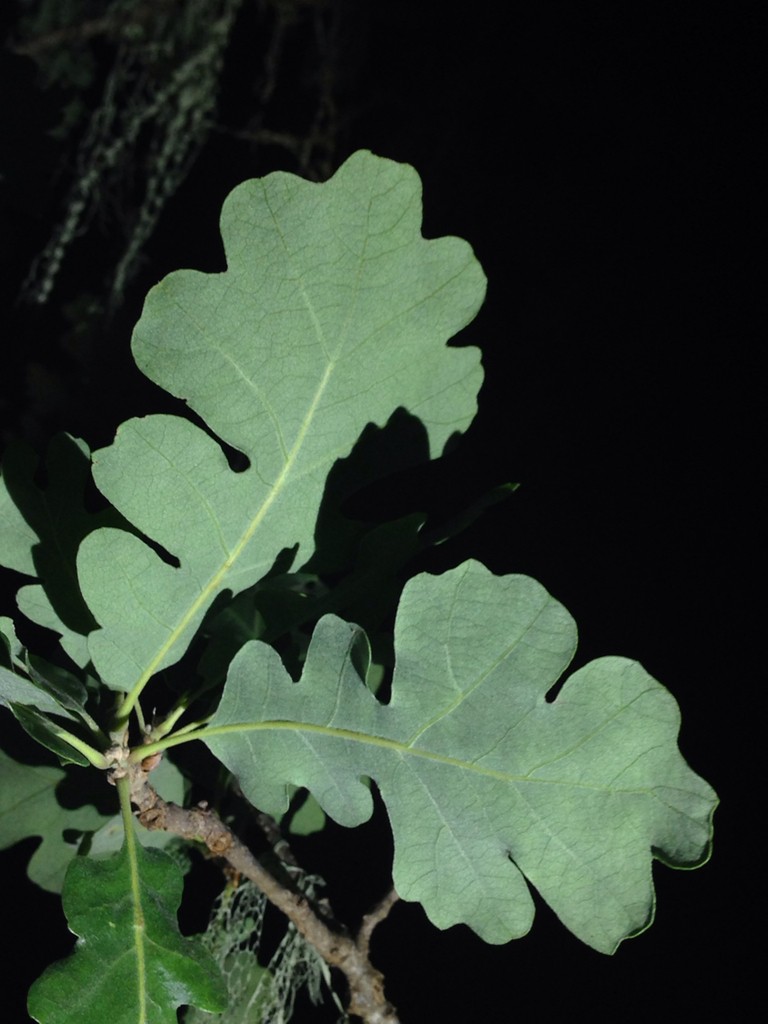Nahui
Nahui is a vibrant, adaptable ground cover featuring richly colored, pointy leaves that create a striking tapestry of red, pink, purple, or green. Thriving in warm climates, nahui exhibits a robust growth pattern, forming dense mats that suppress weeds and tolerate occasional foot traffic. Its resilience and variegated foliage make it a popular choice for accentuating garden borders and adding contrast to green landscapes.

















